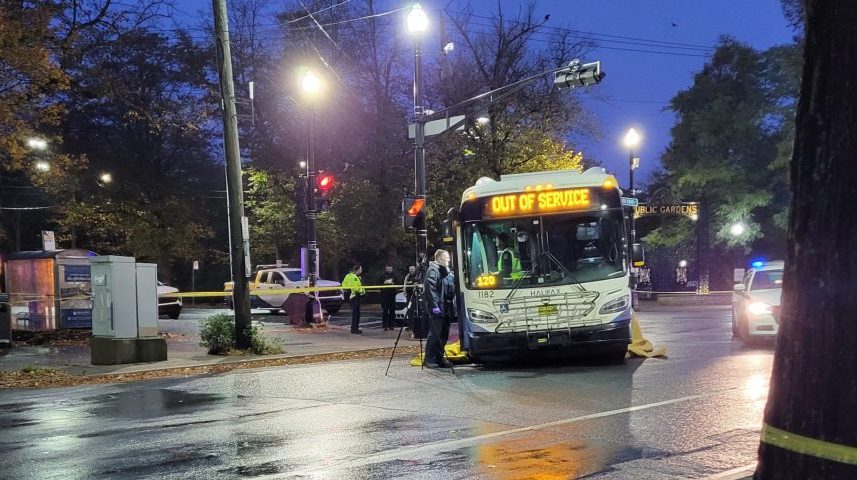A recent report presented to the Halifax city council highlights a concerning trend regarding collisions involving Halifax Transit buses. Since 2020, there have been a total of 4,281 crashes involving these buses, with a significant portion—2,336 incidents, or half—deemed preventable. These findings raise questions about driver safety and the measures in place to mitigate such occurrences.
The classification of preventable collisions is crucial; it indicates that the bus driver could have employed defensive driving techniques to avoid the incident, regardless of the actions of other road users. The report reveals that preventable collisions have consistently outnumbered non-preventable ones over the past five years. Notably, the majority of these incidents involved collisions with other vehicles, while a significant number also pertained to collisions with stationary objects.
Additionally, incidents involving other buses accounted for at least 80 crashes each year, underscoring the necessity for thorough analysis and potential policy shifts regarding bus operations in Halifax. The data presented paints a picture of an urgent need for improvement in safety measures, particularly in the context of increasing traffic density and pedestrian interaction around bus routes.
The report's release was prompted by tragic events surrounding the death of a 24-year-old woman who was struck by a bus on Spring Garden Road in October 2024. This incident was part of a larger pattern, as there were 14 recorded cases of individuals hit by buses in the preceding year. Councillors expressed their concerns regarding the rising number of bus-related collisions and emphasized the need for a better understanding of these incidents, many of which resulted in no injuries.
Transport Canada’s data reveals that Halifax is above the national average for collisions resulting in injuries per million kilometers travelled. Buses inherently face greater risks due to their operation in high-density traffic areas where pedestrians and cyclists are prevalent, coupled with frequent stops and turns as passengers board and alight. This heightened exposure to hazards necessitates a re-evaluation of operational protocols.
In light of these findings, regional staff have suggested several measures that could potentially lead to a decrease in preventable collisions. These measures include enhancing recruitment strategies, implementing further testing for drivers, and providing ongoing training to improve defensive driving skills. The overall aim is to cultivate a culture of safety within the transit system that can ultimately protect both passengers and the general public.
As Halifax continues to grapple with the implications of transit safety, the reported data serves not only as a call to action but also as a critical tool for addressing the underlying issues contributing to these collisions. It highlights the ongoing need for proactive measures and reinforces the importance of driver education in mitigating risks on the roads.










